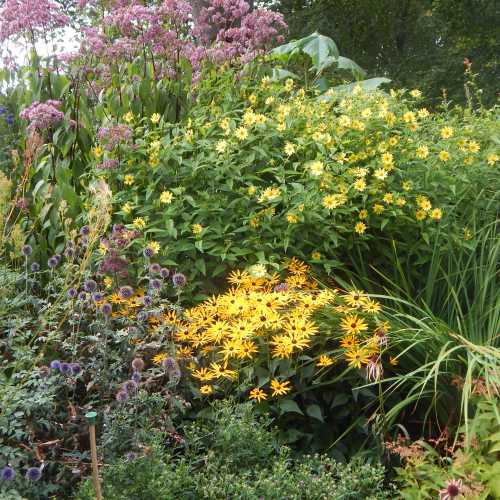Bees Love Dandelions
Dandelions are beneficial for a wide range of pollinators and invertebrates. As a long flowering perennial in bloom from early in the spring (sometimes when little else is in flower) they are a great help to early emerging bees, butterflies and various other little pollinating species. However, dandelions can self-pollinate if absolutely required, without the assistance of bees or other pollinators.
Dandelions are not too popular with gardeners, even though the leaves and flower heads can be used in cooking, and I understand they are nutritious. Having made my food for my spaniel in order to provide him with the best possible healthy diet, I have recently learned that dandelion leaf (and indeed nettle leaf) can be cooked in with their food (I already add other herbs and vegetables).
However, I believe I have, over recent years, seen a softening of attitudes toward this cheery, yellow-sunshine flower. And why not? After all, why not? The leaves and flowers are edible for humans. Rocket, at one time was regarded only as a weed - but we now enjoy it as a salad leaf. Indeed, why don't we cultivate dandelions simply for food for humans alongside forage for pollinators?
Bees visiting dandelion flowers
Here are just a few examples of bees I have photographed, feeding on dandelions (and of course, many other pollinators enjoy feeding on dandelions too!):
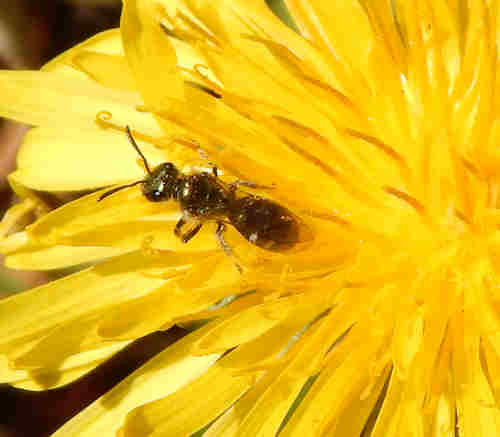 Smeathman’s Furrow Bee on dandelion
Smeathman’s Furrow Bee on dandelion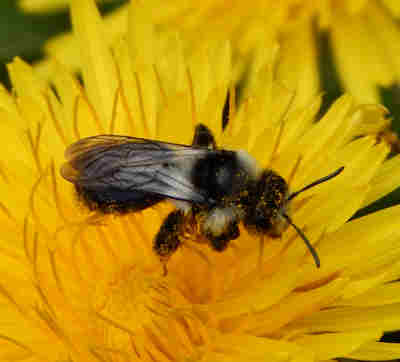 Ashy mining bee on dandelion
Ashy mining bee on dandelion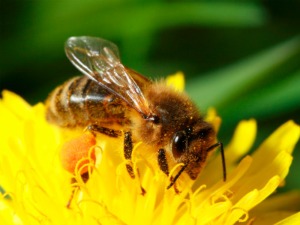 Honey bee on dandelion
Honey bee on dandelion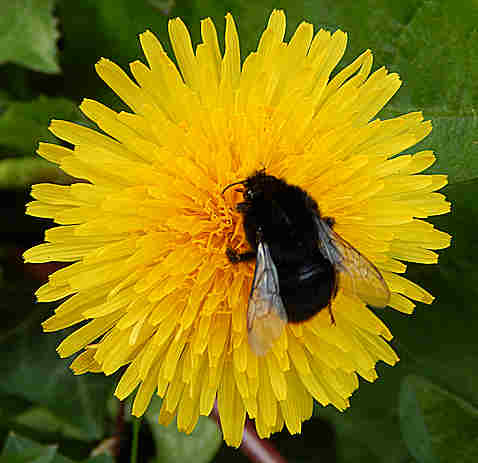 Red tailed bumblebee on dandelion
Red tailed bumblebee on dandelion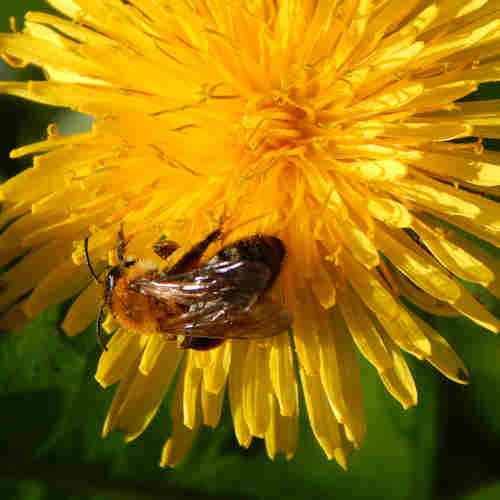 Grey-patched mining bee on dandelion
Grey-patched mining bee on dandelion
Dandelions can also be used to make drinks such as tea, dandelion root coffee, and 'dandelion & burdock' - a drink I used to love when I was a child, and I still like it!
Nevertheless, fortunately, even though gardeners may not be keen on these wild plants, dandelions tend to be ubiquitous in the countryside - at least, they are where I live!
Should we remove dandelions from the garden?
I have a very small garden where space is precious and plants are carefully chosen, but every year, we get dandelions. My approach is to leave the dandelions in the garden in the early spring, to provide additional flowers for foraging bees that may be trying to establish their colonies. I remove the seed heads so that they don't get out of hand.
Once the garden becomes more abundant with other flowers, along with more flowers visible around the area in which I live, I happily remove them, although in truth, a few usually remain, and they always manage to spring up somewhere in the border or small lawn.
I never, ever use chemicals to try and get rid of them, and I find that not stressing enable me to enjoy the garden.
Create a
lawn for bees
If you found this page helpful or interesting, I'd really be grateful if you would share it with others - if not this page, perhaps another, such as Gardening For Bees.
Thank you so much :) .

